Filter by
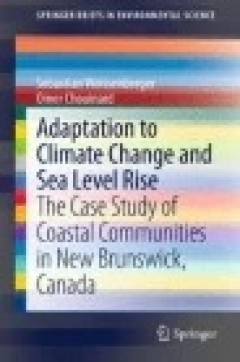
Adaptation to Climate Change and Sea Level Rise: The Case Study of Coastal Co…
The book provides a concise and interdisciplinary outlook on the impacts of climate change on coastal areas and how coastal communities adapt to them. The first chapter analyses how sea level rise, changing ocean conditions, or increased climate variability and the socio-environmental context of the coastal zone leads to vulnerable communities. The second chapter addresses adaptation strategies…
- Edition
- Ed. 1
- ISBN/ISSN
- 978-94-017-9888-4
- Collation
- VI, 100
- Series Title
- SpringerBriefs in Environmental Science
- Call Number
- 551.6 WEI a
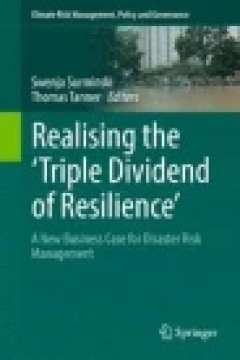
Realising the 'Triple Dividend of Resilience': A New Business Case for Disast…
Why aren’t we investing more in disaster resilience, despite the rising costs of disaster events? This book argues that decision-makers in governments, businesses, households, and development agencies tend to focus on avoiding losses from disasters, and perceive the return on investment as uncertain – only realised if a somewhat unlikely disaster event actually happens. This book develo…
- Edition
- -
- ISBN/ISSN
- 978-3-319-40694-7
- Collation
- -
- Series Title
- -
- Call Number
- 333.7
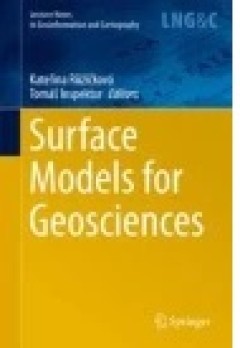
Surface Models for Geosciences
The aim of the conference is to present and discuss new methods, issues and challenges encountered in all parts of the complex process of gradual development and application of digital surface models. This process covers data capture, data generation, storage, model creation, validation, manipulation, utilization and visualization. Each stage requires suitable methods and involves issues that m…
- Edition
- -
- ISBN/ISSN
- 978-3-319-18407-4
- Collation
- XXII, 308
- Series Title
- Lecture Notes in Geoinformation and Cartography
- Call Number
- -

A Violent World: Modern Threats to Economic Stability
During the 1990s Francis Fukuyama announced the end of history. The 2000s showed how it is an illusion to imagine a peaceful world without conflict. In this book the authors explore how six major constraints are set to fix the trajectory of the global economy. Three of them are new: the aging population, the failure of technical progress, and the scarcity of savings. The other three have b…
- Edition
- Ed. 1
- ISBN/ISSN
- 978-1-137-58993-4
- Collation
- XIV, 181
- Series Title
- -
- Call Number
- 339 LOR v
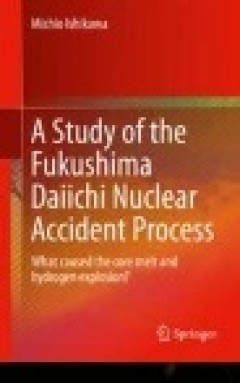
A Study of the Fukushima Daiichi Nuclear Accident Process: What caused the co…
Written by an expert in the field, this book is perfect for those who would like to know what happened at the Fukushima Daiichi Nuclear Power Plant. Part 1 of the book studies how core melts occurred in Fukushima Daiichi units 1, 2, and 3, respectively, based on evidence from the Three-Mile Island core melt accident and fuel behavior experiments performed in the 1970s under the cooperation betw…
- Edition
- Ed. 1
- ISBN/ISSN
- 978-4-431-55543-8
- Collation
- XVI, 231
- Series Title
- -
- Call Number
- 621.38 ISH s

Study on Climate Change in Southwestern China
This thesis confirms many changes, including sharp temperature rise, interannual variability of precipitation, extreme climate events and significant decreases of sunshine duration and wind speed in southwestern China, and systemically explores the action mechanism between large-scale atmospheric circulation systems, the complicated topography, human activities and regional climate changes. Thi…
- Edition
- -
- ISBN/ISSN
- 978-3-662-44742-0
- Collation
- XXVII, 243
- Series Title
- Springer Theses
- Call Number
- -
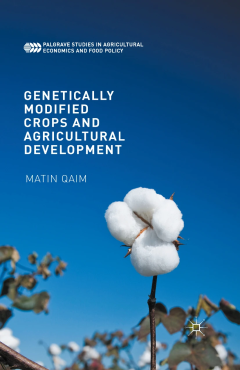
Genetically Modified Crops and Agricultural Development
“This book is the second publication in the ‘Palgrave Studies in Agricultural Economics and Food Policy’ series, and targets both professional and lay audiences. … this book can be recommended to a wide readership; excellently written, it is one of the first books to address both the technical and policy dimensions of GMCs in development.” (George H. L. Rothschild, Food Security, Vol.…
- Edition
- -
- ISBN/ISSN
- 978-1-349-56167-4
- Collation
- XVII, 206
- Series Title
- -
- Call Number
- 330 QAI g
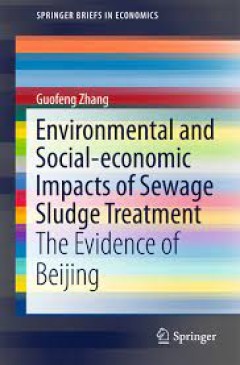
Environmental and Social-economic Impacts of Sewage Sludge Treatment The Evi…
This book presents an experimental simulation of sewage treatment, which is designed to evaluate the environmental and social-economic impacts of integrated sewage treatment policies. The author puts forward a comprehensive linear optimization simulation model that takes the environmental, energy and economic systems into consideration. Beijing was selected as a typical Chinese city for the pur…
- Edition
- -
- ISBN/ISSN
- 978-981-287-948-6
- Collation
- 28 b/w illustrations, 5 illustrations in colour
- Series Title
- -
- Call Number
- -
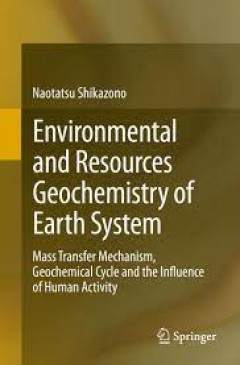
Environmental and Resources Geochemistry of Earth System Mass Transfer Mecha…
The Earth system consists of subsystems that include the atmosphere, hydrosphere (water), geosphere (rocks, minerals), biosphere, and humans. In order to understand these subsystems and their interactions, it is essential to clarify the mass transfer mechanism, geochemical cycle, and influence of human activity on the natural environment. This book presents fundamental theories (thermodynamics,…
- Edition
- -
- ISBN/ISSN
- 978-4-431-54904-8
- Collation
- 38 b/w illustrations, 125 illustrations in colour
- Series Title
- -
- Call Number
- -
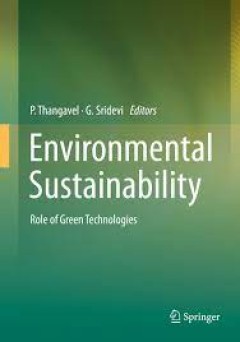
Environmental Sustainability Role of Green Technologies
Covers different categories of green technologies (e.g. biofuels, renewable energy sources, phytoremediation etc.,) in a nutshell -Focuses on next generation technologies which will help to attain the sustainable development -The chapters widely cover for students, faculties and researchers in the scientific arena of Environmentalists, Agriculturalists, Engineers and Policy Makers The World Env…
- Edition
- -
- ISBN/ISSN
- 978-81-322-2056-5
- Collation
- 26 b/w illustrations, 32 illustrations in colour
- Series Title
- -
- Call Number
- -
 Computer Science, Information & General Works
Computer Science, Information & General Works  Philosophy & Psychology
Philosophy & Psychology  Religion
Religion  Social Sciences
Social Sciences  Language
Language  Pure Science
Pure Science  Applied Sciences
Applied Sciences  Art & Recreation
Art & Recreation  Literature
Literature  History & Geography
History & Geography